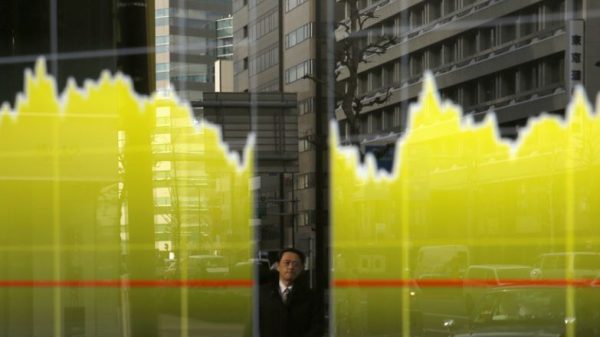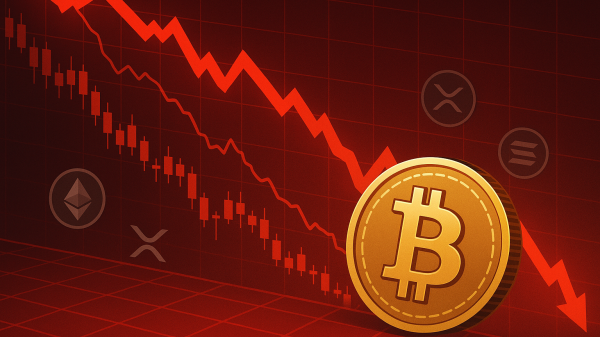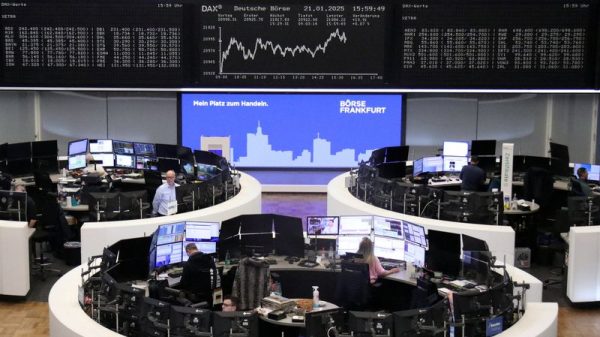In the week ending on September 27th, two currencies drew significant attention: the Argentine peso (USDARS) and the Colombian peso (USDCOP). Their movements present a fascinating narrative of both gains and losses in the world of Latin America’s currency trading.
On September 27, the Argentinian Peso USDARS increased slightly by 0.7370, or 0.08%, to 967.9740 from 967.2370. While this increase is modest, it exhibits remarkable resilience in the face of historical volatility, especially when considering that the USDARS reached an all-time high of 14,850 in September 2020.
Despite the ongoing economic hurdles, the relative stability of the Argentine peso can be linked to several factors, including geopolitical influences and commodity exports.
Historically reliant on agriculture, Argentina has faced substantial challenges; however, recent patterns suggest some improvement. Investors are showing cautious optimism, especially with robust global demand for soybeans and other agricultural products.
Though the latest increase in the USDARS outlook is positive, there are still concerns about inflation and fiscal policy.
Argentina is battling with high inflation rates, which rose to 236.7% in August, and frequently erodes buying power and discourages investment.
Nonetheless, the current strength of the USDARS demonstrates the possibility of economic recovery and currency stability, even in uncertain times.
The USDCOP shows a small decline
In comparison, the Colombian Peso (USDCOP) fell 2.8500 points, or 0.07%, to 4,163.6500 from 4,166.5000 on Friday. The USDCOP earlier peaked at 5,118.38 in November 2022, reflecting the currency’s complicated issues.
This decreasing trend indicates various underlying factors, most notably investor opinion over Colombia’s economic predicament. Inflation, fluctuating oil prices, and political instability have all had a substantial impact on this development.
Despite the Colombian government’s efforts to stabilize the economy, such as interventions in the oil sector and endeavours to attract foreign investment, the currency’s performance indicates that problems persist.
Moreover, the weakening of the USDCOP sheds light on the broader problems emerging markets currently face, especially those closely tied to commodity prices.
As global economic conditions change and consumer spending adapts in a post-pandemic world, fluctuations in the Colombian peso mirror the delicate balance of trade dynamics and investment confidence.
The Mexican Peso: Strategic retreat
The Mexican peso (USDMXN) also suffered a noteworthy move, falling to 19.65 per USD from a four-week high of 19.12 on September 17.
This reduction follows the Bank of Mexico’s decision to reduce its benchmark interest rate by 25 basis points to 10.50%, which was motivated by positive inflation trends and subsequent market reactions.
While this rate drop was expected, it underscores the central bank’s cautious approach amid ongoing concerns about persistent core inflation, which remains a key issue even though headline inflation has fallen to 4.66% by mid-September 2024.
The combination of weak domestic economic performance, volatile financial markets, and decreasing bond yields has prompted the Bank of Mexico to exercise prudence in future monetary policy adjustments.
The Brazilian Real: A positive outlook
In contrast, the Brazilian (USDBRL) real surpassed 5.5 per USD in September, aided by hawkish forecasts from Brazil’s central bank and a better prognosis for foreign currency inflows following China’s stimulus measures.
The real’s resiliency emphasizes its potential for recovery, indicating increased investor confidence in Brazil’s economic future.
Overall, the volatility of these currencies reflects the complex interplay of global economic factors, investor sentiment, and monetary policies.
As Argentina, Colombia, Mexico, and Brazil manage their respective economic conditions, currency rivalry will continue to influence financial markets in the foreseeable future.
Understanding these transitions is critical for stakeholders in managing risks and capitalizing on opportunities in a changing marketplace.
The post USDARS and USDCOP trends this week: Indicators of currency resilience and challenges for Argentina and Colombia appeared first on Invezz




































